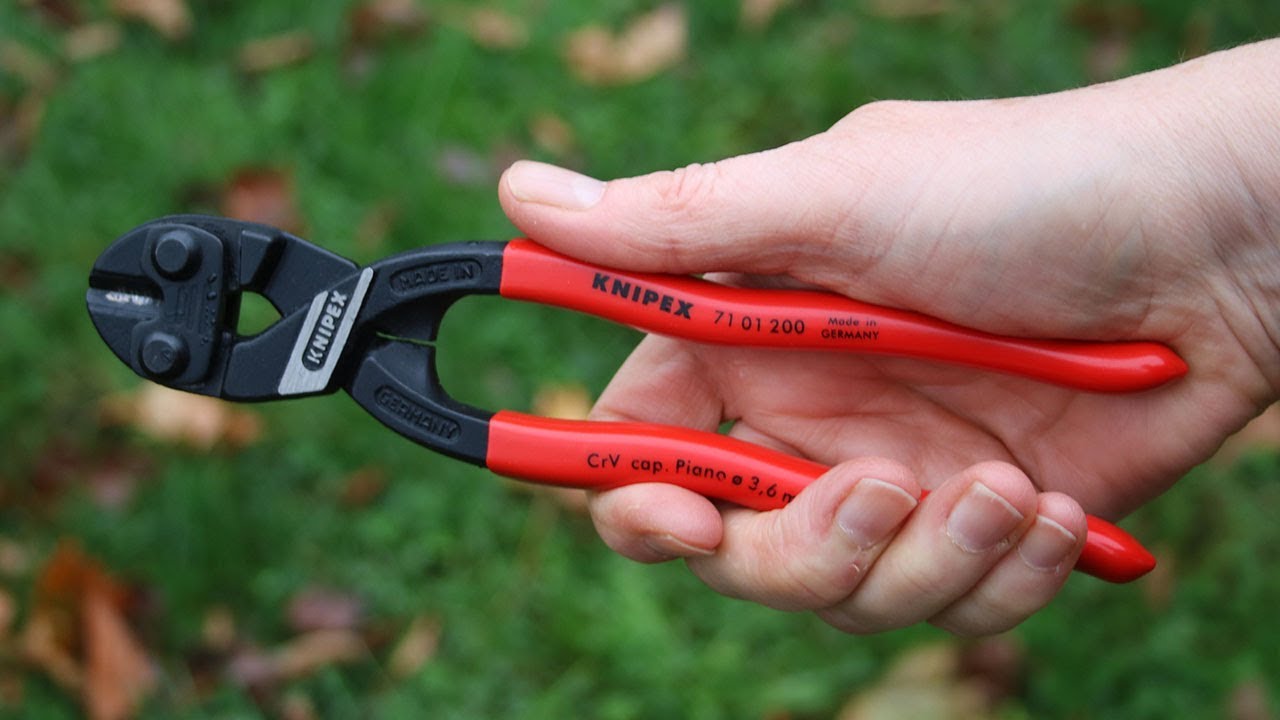Bolt Cutter

Bolt cutters are a ubiquitous tool in various industries, from construction to emergency services, providing an indispensable means of cutting through tough materials quickly and efficiently. Despite their simple appearance, bolt cutters come in various shapes, sizes, and designs, each tailored to specific tasks and requirements. In this comprehensive guide, we delve into the world of bolt cutters, exploring their history, mechanics, applications, and tips for optimal use.
Table of Contents
ToggleHistory and Evolution:
The origins of bolt cutters can be traced back to ancient civilizations where crude tools were used to cut through metal, chains, and other materials. However, it wasn’t until the Industrial Revolution that bolt cutters, as we know them today, began to take shape. With advancements in metallurgy and engineering, bolt cutters evolved into robust and efficient tools capable of cutting through thick bolts, chains, and wire with ease.
Mechanics and Components:
Bolt cutters typically consist of three main components: the handles, jaws, and pivot point. The handles provide leverage, allowing the user to exert force on the jaws. The jaws, often made of hardened steel, come in various configurations depending on the intended application. Common types of jaws include center-cut, clipper-cut, and shear-cut, each offering distinct advantages for cutting different materials. The pivot point serves as the fulcrum, enabling smooth and precise movement of the jaws.
Applications:
Bolt cutters find applications across a wide range of industries and scenarios. In construction, they are used to cut through rebar, chains, and padlocks. Emergency responders rely on bolt cutters to gain access to vehicles or buildings in rescue operations. Law enforcement agencies use them to remove illegal structures or secure areas. Additionally, bolt cutters are invaluable tools for DIY enthusiasts, gardeners, and homeowners for various tasks such as cutting wires, cables, and fencing.
Choosing the Right Bolt Cutter:
Selecting the right bolt cutter depends on several factors, including the material to be cut, the thickness of the material, and the intended frequency of use. For cutting soft materials like chain-link fences or wire mesh, a smaller bolt cutter with shear-cut jaws may suffice. However, for cutting hardened steel bolts or chains, a heavy-duty bolt cutter with center-cut jaws is essential. It’s also crucial to consider the length of the handles, as longer handles provide greater leverage but may be cumbersome in tight spaces.
Tips for Optimal Use:
To ensure optimal performance and longevity of bolt cutters, proper maintenance and usage techniques are essential. Here are some tips to keep in mind:
- Keep the cutting edges sharp: Regularly inspect the cutting edges for signs of wear and tear, and sharpen them as needed using a file or sharpening stone.
- Lubricate moving parts: Apply lubricating oil to the pivot point and other moving parts to reduce friction and ensure smooth operation.
- Use proper technique: Position the jaws of the bolt cutter squarely on the material to be cut, and apply steady pressure while squeezing the handles together.
- Avoid overloading: Do not attempt to cut materials beyond the capacity of the bolt cutter, as this can damage the tool and compromise safety.
- Store properly: Store bolt cutters in a dry place away from moisture and humidity to prevent rust and corrosion.
Conclusion:
Bolt cutters are versatile tools that have stood the test of time, evolving to meet the ever-changing needs of various industries and applications. Whether it’s cutting through thick chains on a construction site or removing a padlock in an emergency situation, bolt cutters provide a reliable and efficient solution. By understanding the mechanics, applications, and proper usage techniques, users can master the art of cutting with bolt cutters and tackle any task with confidence and precision




